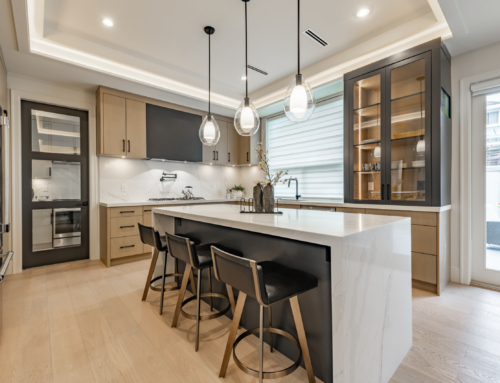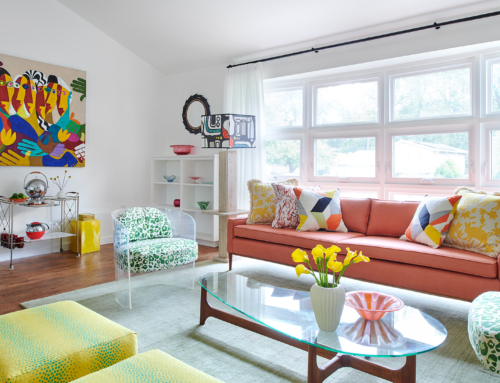Exterior Design Details that Work, and Those That Don’t
At Myers Constructs, Inc., we see and work on all kinds of exterior renovation styles. We come in to make repairs or changes after something has worn out or failed. Seeing what failed is a great teacher. So, even on vacation, I am always on the lookout for evidence of what’s working or failing in the buildings I see.
I am in a lovely hotel just on the outskirts of Asheville, NC. Its original buildings remind me very much of the Great Camps of the Adirondacks. These camps have details like granite stone foundations high off the ground, wide wooden overhangs, cedar shingles, slate roofs, multi-paned windows, beaded board paneling for porch ceilings, and lots of dormers.
This old hotel complex has many additional newer buildings too. Some are for offices or other functions, and the cottage where we are staying with our dogs is also new. All are built to mimic this old Great Camp styled main building.
Our cottage is less than 12 years old. These newer buildings tell a story of an historic looking design where the modern materials are failing.
We have to explain to our customers who own older homes that the materials used in their homes were generally very good. Old growth pine window frames and paneling might be left poorly painted for years but still be perfectly fine because the old growth pine is so full of pine resin and the wood is very hard. Similarly, old dimensional framing lumber is actually the size its called. A 2×4 is really 2 inches by 4 inches (modern ones are not) and it’s often select pine and again old growth; strong stuff! It’s so good we make trim out of this material if we can get it now, or furniture. Old construction methods like wet bed tile floors, and nickel plumbing fixtures, can make a bathroom last 75-90 years. We know because when they finally give up the ghost we replace them. We examine what’s worked and what hasn’t.
Modern dimensional lumber for framing, and trim pine boards are usually quick growth tree varieties. They are never straight or clear. They can have checks, and twisting is common. For exterior trim we don’t use new pine very much anymore. We prefer to use a mahogany or a PVC trim board because it’s not going to rot like modern pine will. There are some composites, but we are careful with them because we have seen compsites from the 50’s and 60’s and they failed.
At our lovely hotel the architect specified some pergolas, porches, various trim details, and gutters that are all very high maintenance. These little buildings look a bit like Monticello. Unfortunately they are situated smack in the middle of a pine forest. So the gutters fill with pine needles right away. Because there is no overhang, the trim made from modern pine is all failing or in need of constant attention from painters. Keep in mind that Monticello had a huge staff of slaves and probably some paid staff too. It can be a full time job for dozens of staffers to keep a building with these details maintained.
There is a better way. This is the 21st Century. Your designer or architect should understand the landscape your building is in, and design for that landscape. A building in a wet location such as the woods should have deep overhangs, in fact most buildings should. I happen to hate gutters because you always need to get out a ladder and clean the things. A drainage trench is more to my liking.
Here is an example of a building with large overhangs also in Asheville at Peaks of Otter. Its a rest room from the 1960’s still in great shape.
Labor is not free or cheap anymore. Avoiding high maintenance fussy materials and building methods is important to the longevity of your building. It will save you money.
If you are making repairs to your older building, you may have to change materials from the original in order to get good life expectancy. Your designer and carpenters should be able to discuss this with you and provide recommendations. Here is an example: lately we have been installing new, historically correct mahogany windows that have insulated low E glass, plus a factory applied finish to the frames and sashes, inside and out. This finish exceeds anything you can do on site. It’s beautifully smooth and comes with a 15 year warranty. Hard to beat.
If you do have an old building in a wet area, make sure the plants are kept back from it and the paint maintained with yearly or bi-yearly touch ups. Keep your gutters free of any debris. Clean them monthly if needed. Moisture is the enemy of your old building. Remember that your building used to have lots of people caring for it regularly. To keep it in good condition for the next generation, you will have to do the same, weather you do it yourself, send up your teen agers, or hire folks like us to do it for you.
Happy to help.





